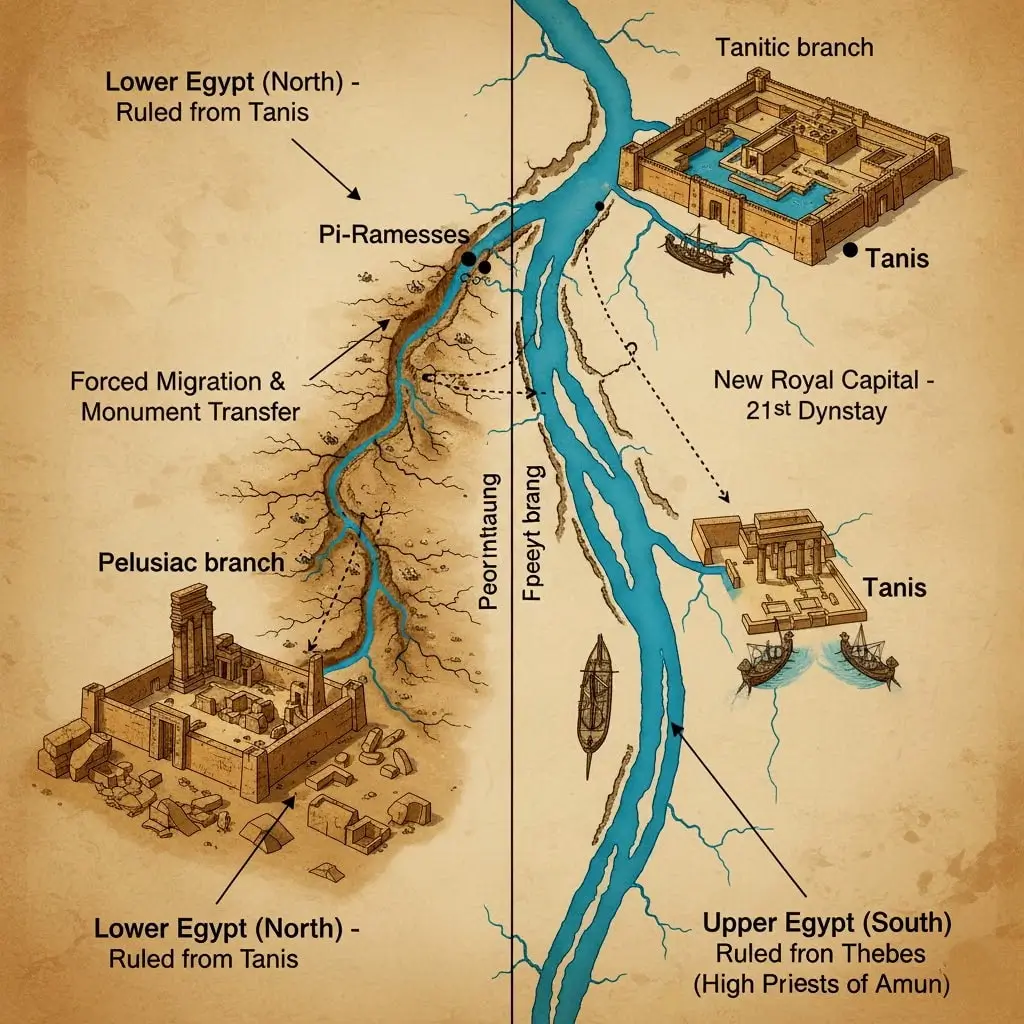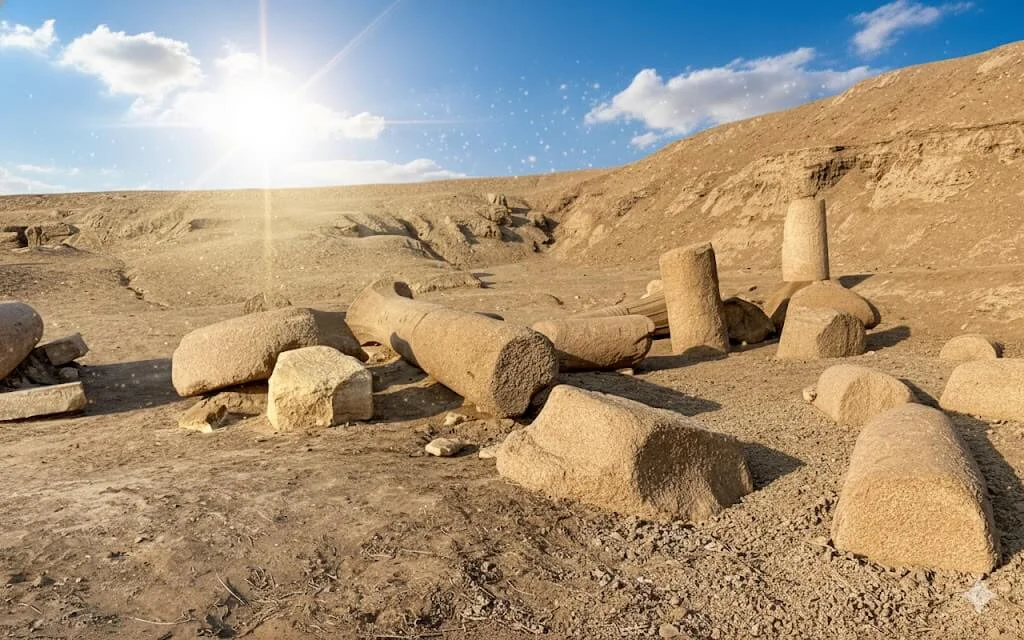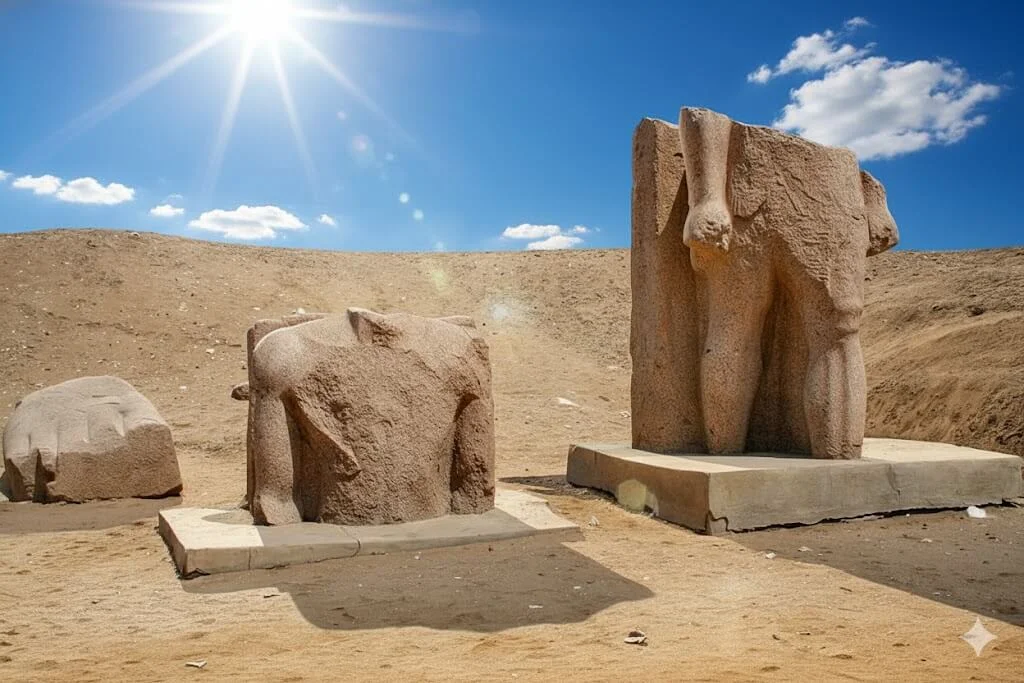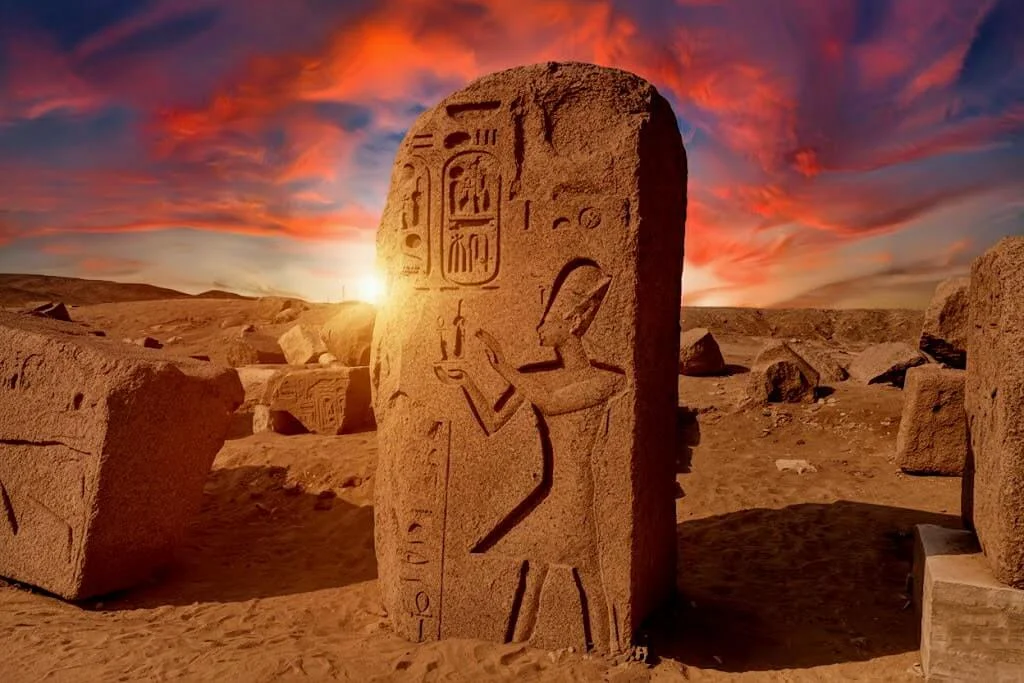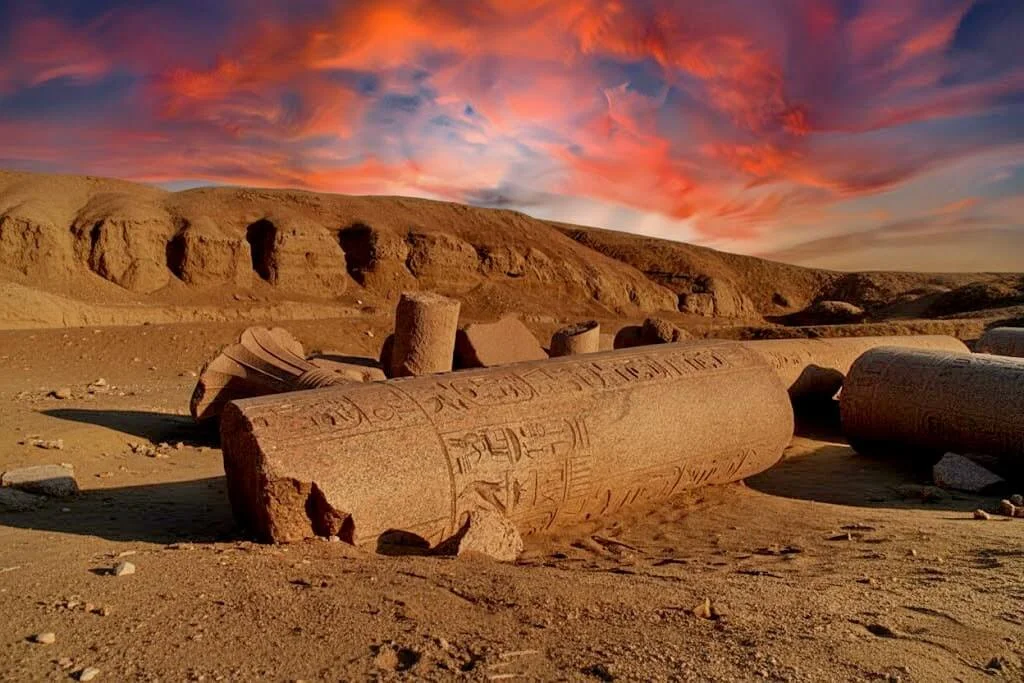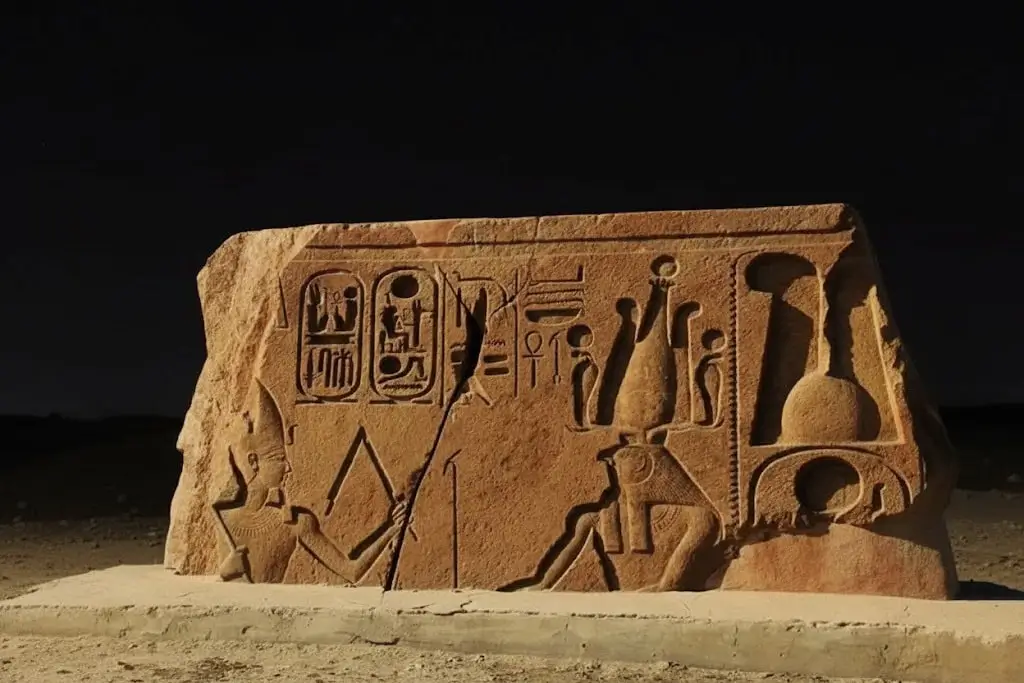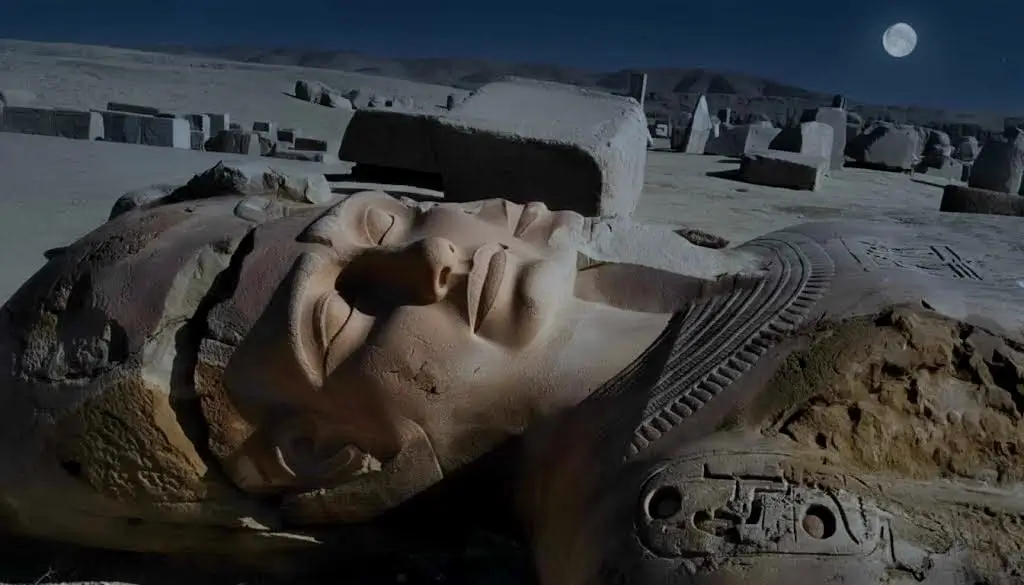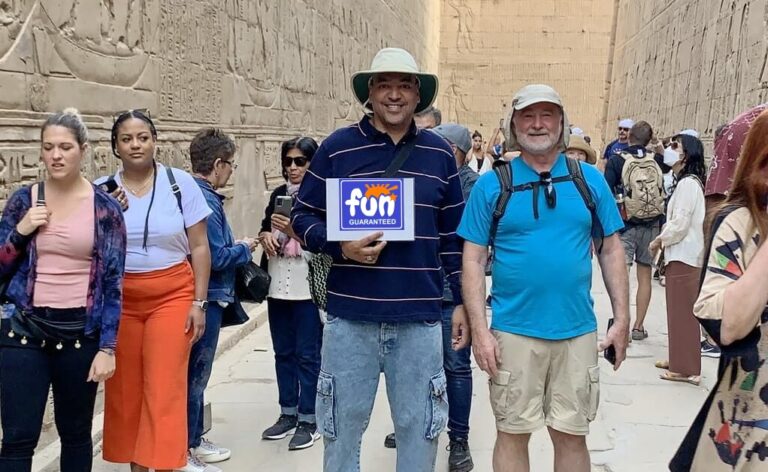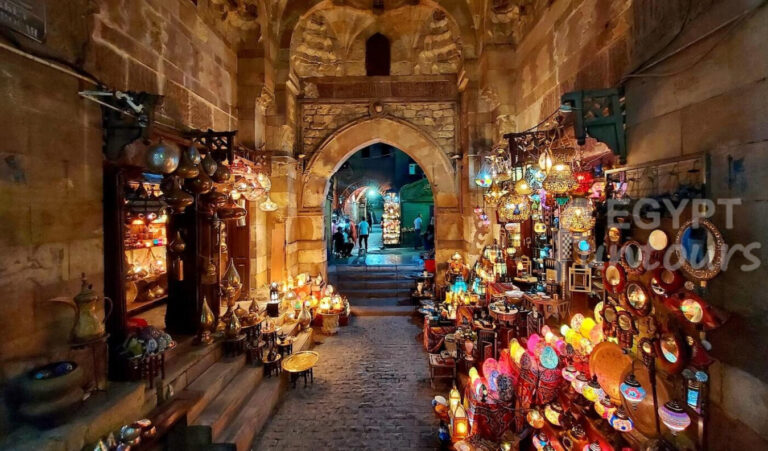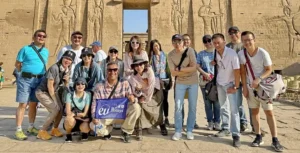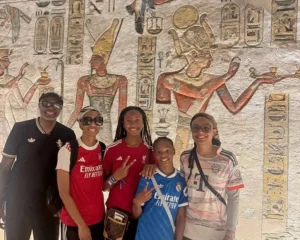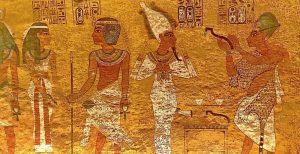Tanis FAQs: Visiting Egypt’s Golden City of Tanis
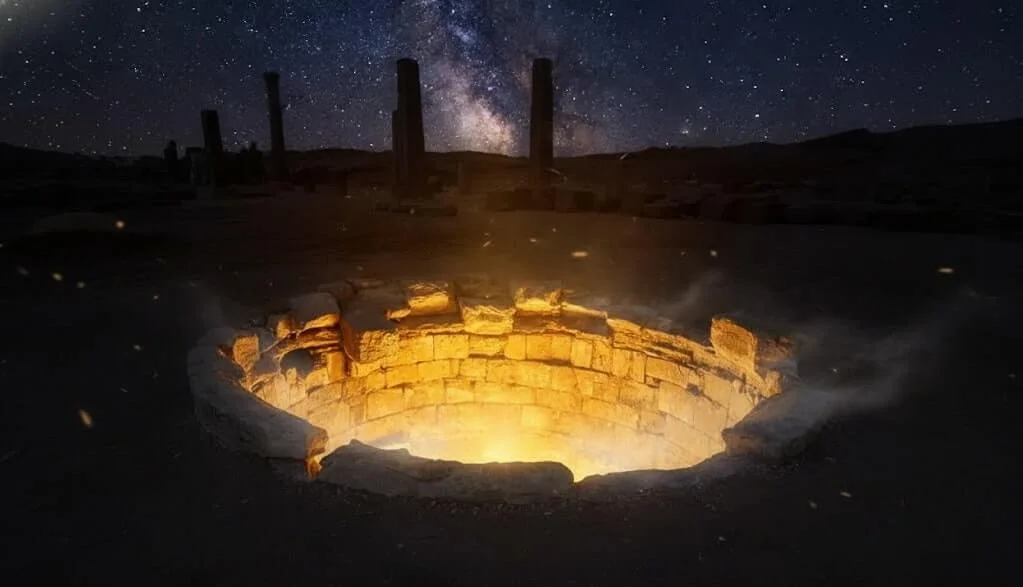
This section provides practical information for travelers interested in visiting the archaeological site today.
Where is the Ancient Egyptian City of Tanis today?
The ancient city of Tanis is located in the northeastern Nile Delta region of Egypt. The archaeological site sits near the modern-day village of San al-Hagar (or San el-Hagar) in the Sharkia Governorate. It is situated roughly 165 km (about 100 miles) northeast of Cairo.
How do I travel to Tanis from Cairo?
Visiting Tanis requires dedicated travel, as it is remote compared to popular tourist hubs:
By Private Tour/Taxi: This is the most convenient method. A private, air-conditioned car and guide from Cairo or Zagazig will take approximately 2.5 to 3 hours one way. Many specialized Egypt tour operators offer full-day trips that include Tanis and nearby Delta sites like Bubastis.
- By Public Transport: You can take a microbus or East Delta bus from Cairo to the town of Faqus. From Faqus, you must hire a service taxi or microbus to the final village of San al-Hagar (the site entrance). This route is more time-consuming but significantly less expensive.
Is the Tanis archaeological site open to the public?
Yes, the site is open to the public. Tanis operates as an open-air museum. Visitors can walk among the vast ruins of the Grand Temple of Amun-Ra Tanis, observe the scattered colossal statues and obelisks, and view the area where the famous Tanis royal tombs were found (though the tombs themselves are not usually accessible, and the treasures are housed in the Egyptian Museum in Cairo).
What are the opening hours and admission fees for Tanis?
- Opening Hours: The site typically opens daily at 9:00 AM. Closing times vary seasonally, but generally range from 5:00 PM in the summer to 4:00 PM in the winter. (It is best to confirm with a guide or local tourism office before traveling.)
- Admission Fees (as of the most recent updates):
- Foreigners: EGP 100 (Adult) / EGP 50 (Student)
- Egyptians/Arabs: EGP 10 (Adult) / EGP 5 (Student)
- Note: These prices are subject to change by the Ministry of Tourism and Antiquities.
What is the best time of year to visit Tanis?
The best time to visit Tanis is during the Egyptian winter months, specifically October through April. The Nile Delta can be extremely hot during the summer, and the archaeological site offers very little shade. Mild temperatures make walking around the extensive open-air ruins much more comfortable.
Where are the treasures from the Tanis royal tombs kept?
The stunning artifacts and treasures, including the gold funerary masks, the silver coffins, and the extensive jewelry of the “Silver Pharaoh” Psusennes I, are displayed in the Egyptian Museum in Cairo (Tahrir Square). Visitors must go to Cairo to view the “Gold of Tanis.”
Is Tanis really the city where the Ark of the Covenant was hidden?
No. This is pure fiction. The city’s famous association with the Ark of the Covenant comes entirely from the 1981 film, Raiders of the Lost Ark Tanis. While Tanis is a real and incredibly important archaeological site, the Ark of the Covenant is a religious and cinematic legend.
Experience the Legacy: Your Journey to Tanis
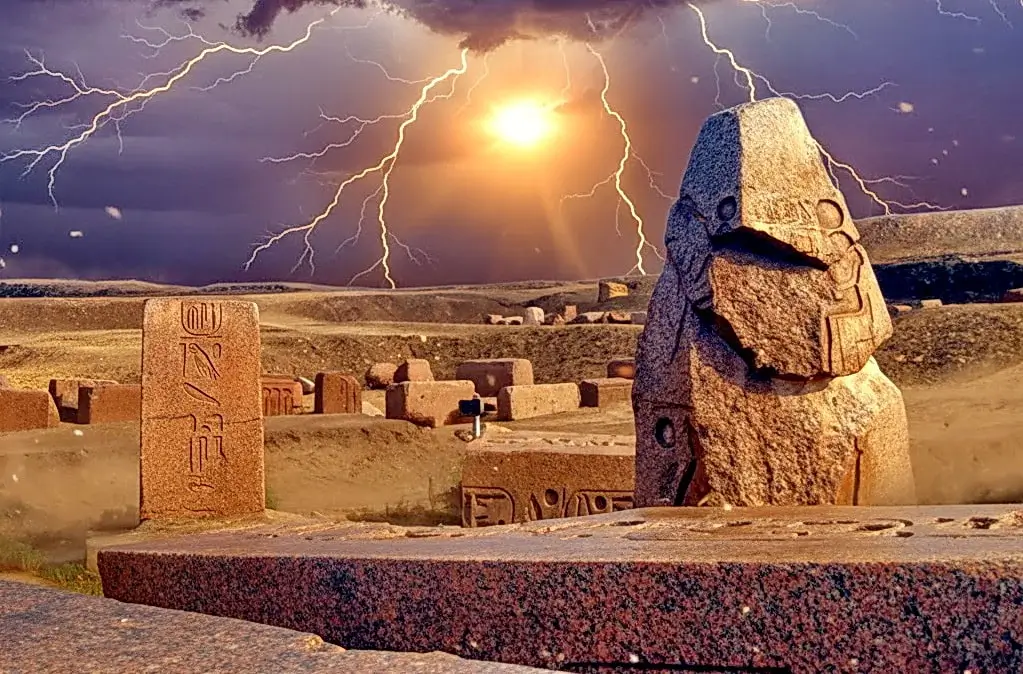
The story of the Ancient Egyptian City of Tanis—a capital built on the bones of another, home to pharaohs clad in silver, and the setting of legendary wealth—is best experienced in person. While the dazzling gold masks and silver coffins rest securely in the Egyptian Museum in Cairo, the sheer scale of the Grand Temple of Amun-Ra Tanis ruins and the weight of its history are only felt standing on the Delta soil.
Tanis is more than just a site; it is a vital piece of the Egyptian puzzle. Visiting the Tanis Nile Delta offers a rare opportunity to step away from the major tourist crowds and witness the monumental recycling project undertaken by the 21st and 22nd Dynasties.
Discover the Delta’s Hidden Treasures
We specialize in bringing these overlooked historical chapters to life. Our bespoke and private day tours from Cairo are tailored for the true history enthusiast, giving you exclusive access to sites often missed by large tour groups.
- The Delta Day Trip: Our most popular option combines the Ancient Egyptian City of Tanis (San al-Hagar) with a visit to nearby Delta sites like Bubastis, the ancient cult center of the feline goddess Bastet.
- Expert Guidance: You will explore the vast, scattered ruins of the Tanis royal tombs complex with a professional Egyptologist. They will bring the stories of Pharaoh Psusennes I and the Canopus Decree to life, ensuring you fully grasp the site’s immense historical value.
- Seamless Logistics: Since Tanis is remote, we handle all the challenging logistics—from private, air-conditioned transport to all entry fees and a traditional local lunch—so your focus remains entirely on discovery.
Don’t just read about the Golden City of Tanis; walk among the colossal, fallen obelisks and feel the power of the pharaohs who ruled from this northern capital.
Contact us today to arrange your private Delta expedition and secure your place in a lesser-known chapter of Egyptian history.

